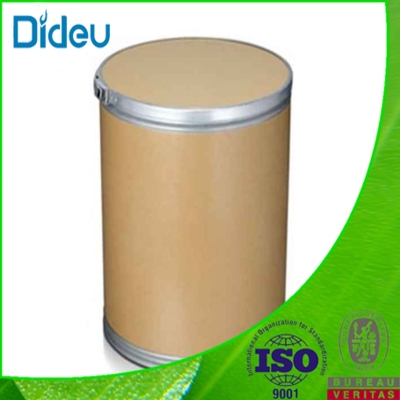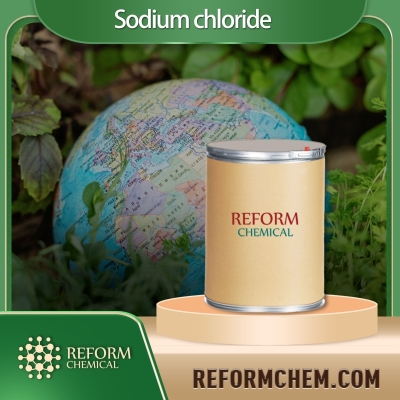-
Categories
-
Pharmaceutical Intermediates
-
Active Pharmaceutical Ingredients
-
Food Additives
- Industrial Coatings
- Agrochemicals
- Dyes and Pigments
- Surfactant
- Flavors and Fragrances
- Chemical Reagents
- Catalyst and Auxiliary
- Natural Products
- Inorganic Chemistry
-
Organic Chemistry
-
Biochemical Engineering
- Analytical Chemistry
-
Cosmetic Ingredient
- Water Treatment Chemical
-
Pharmaceutical Intermediates
Promotion
ECHEMI Mall
Wholesale
Weekly Price
Exhibition
News
-
Trade Service
Calcitonin is a hormone produced by the thyroid gland in response to increased levels of calcium in the blood.
It plays an important role in regulating the levels of calcium and phosphorus in the blood, and is often used to treat conditions such as hypercalcemia and cancer-related bone pain.
Calcitonin is also used in the chemical industry as a reagent for various chemical reactions.
One of the most commonly used forms of calcitonin in the chemical industry is Calcitonin Eel, which is derived from the eel fish.
Calcitonin Eel has been widely used in the production of a variety of chemicals, including pharmaceuticals, agricultural chemicals, and dyes.
However, concerns have been raised about the safety of using Calcitonin Eel in the chemical industry due to its potential toxicity and environmental impact.
Toxicity:
One of the primary concerns with the use of Calcitonin Eel in the chemical industry is its potential toxicity.
Calcitonin is a potent hormone that can have a variety of effects on the body, including the stimulation of the release of calcium from bones.
This can lead to a range of negative health effects, including osteoporosis, hypercalcemia, and other conditions.
In addition, Calcitonin Eel has been shown to be toxic to a variety of aquatic organisms, including fish and other aquatic life.
This has led to concerns about the potential environmental impact of using Calcitonin Eel in the chemical industry.
Environmental Impact:
Another concern with the use of Calcitonin Eel in the chemical industry is its potential environmental impact.
As mentioned above, Calcitonin Eel has been shown to be toxic to aquatic organisms, which has led to concerns about its release into the environment.
In addition, the production of Calcitonin Eel also involves the use of a variety of chemicals, which can have negative impacts on the environment if not properly managed.
In order to mitigate these concerns, it is important that the chemical industry takes steps to ensure the safe and responsible use of Calcitonin Eel.
This can include the implementation of proper waste management practices, the use of environmentally friendly production methods, and the development of alternative reagents that are less toxic and have a lower environmental impact.
Alternatives:
One of the primary alternatives to Calcitonin Eel is a synthetic version of the hormone, which is produced through biotechnology.
This synthetic version of calcitonin is identical to the natural hormone and has been shown to be just as effective in treating conditions such as hypercalcemia and cancer-related bone pain.
In addition, synthetic calcitonin is not derived from animal sources, which can make it a more attractive option for those concerned about animal welfare.
In addition to synthetic calcitonin, there are also a variety of other reagents that can be used in the chemical industry that are less toxic and have a lower environmental impact.
These alternatives can include naturally-occurring hormones such as adrenaline, which has similar properties to calcitonin and can be used in a variety of chemical reactions.
Conclusion:
While Calcitonin Eel has been widely used in the chemical industry for the production of a variety of chemicals, there are concerns about its toxicity and environmental impact.
To mitigate these concerns, it is important that the chemical industry takes steps to ensure the safe and responsible use of Calcitonin Eel, including the implementation of proper waste management practices, the use of environmentally friendly production methods, and the development of alternative reagents that are less toxic and have a lower environmental impact.
In addition to these measures, it is also important to explore alternative reagents that are less toxic and have a lower environmental impact, such as synthetic calcitonin and other naturally-occurring hormones.
By using these alternatives, the chemical industry







